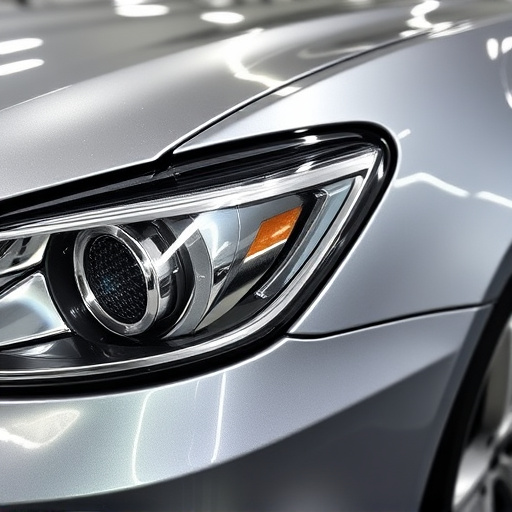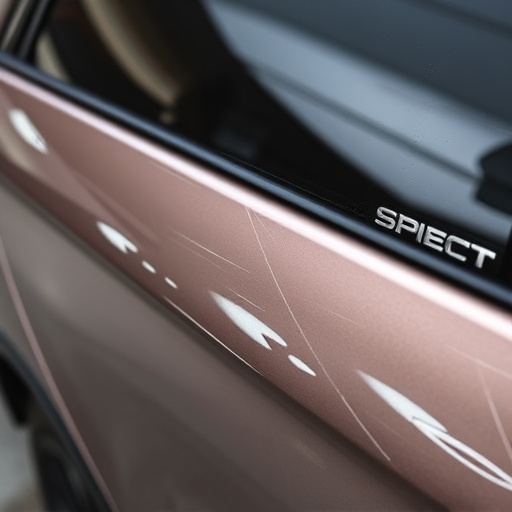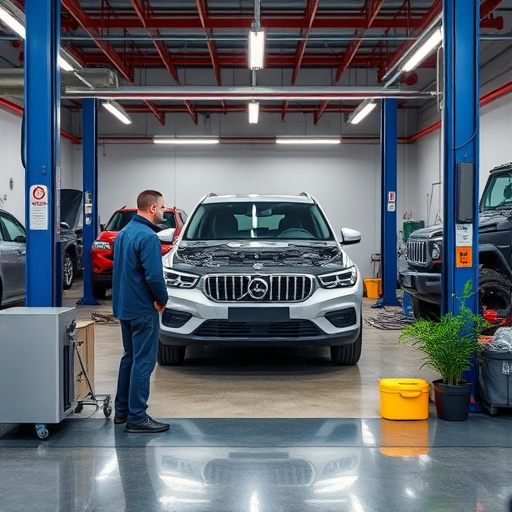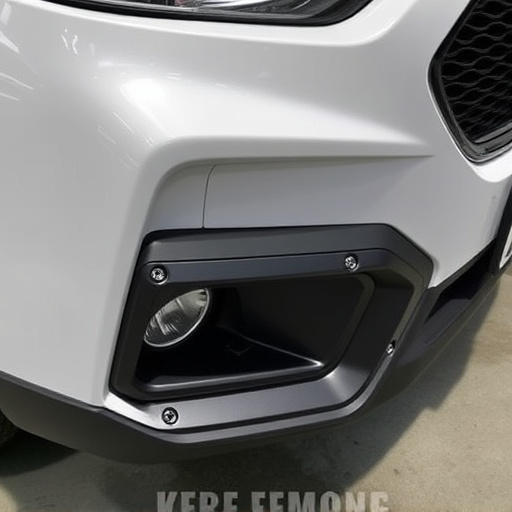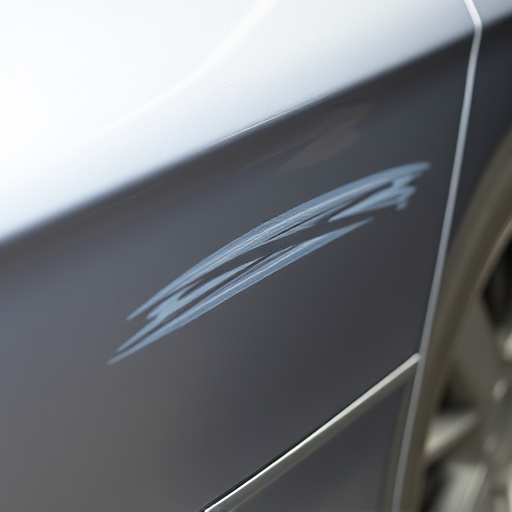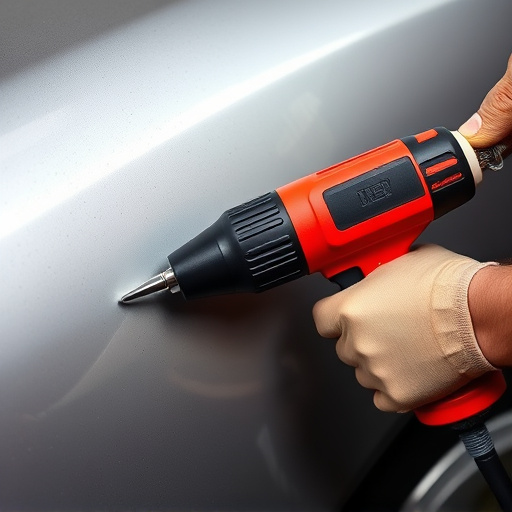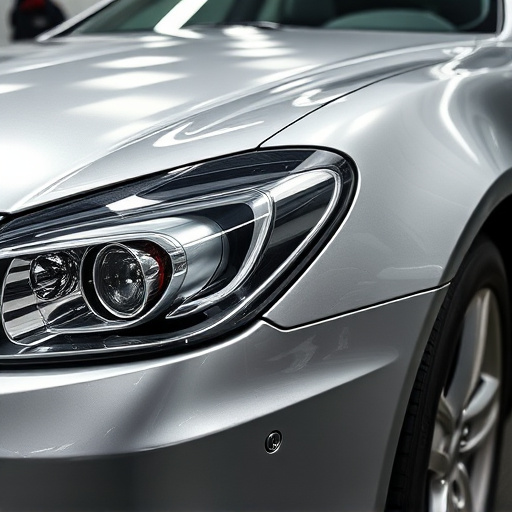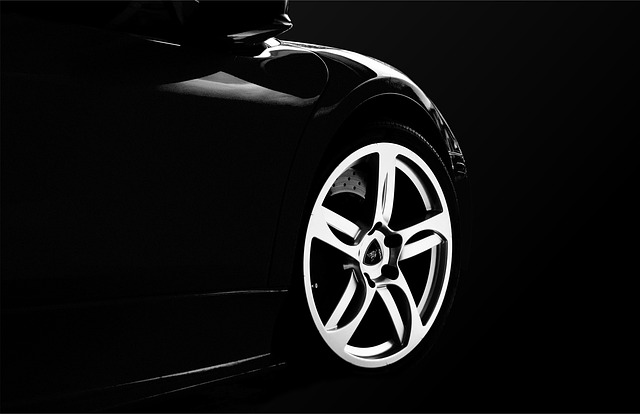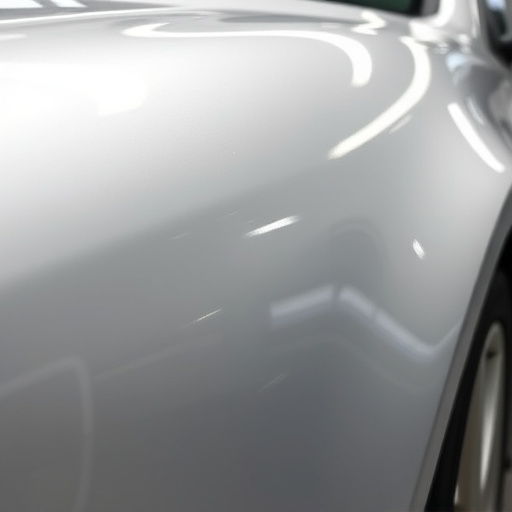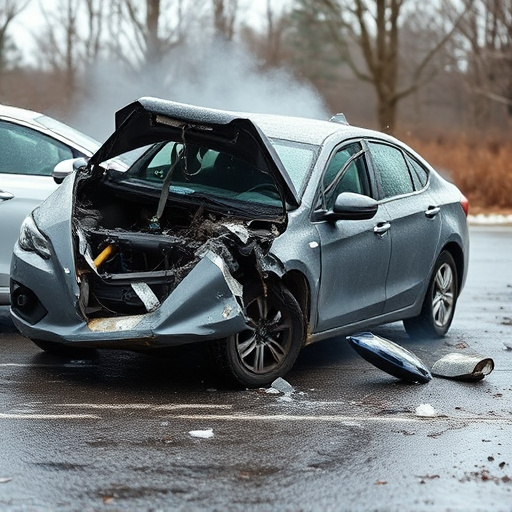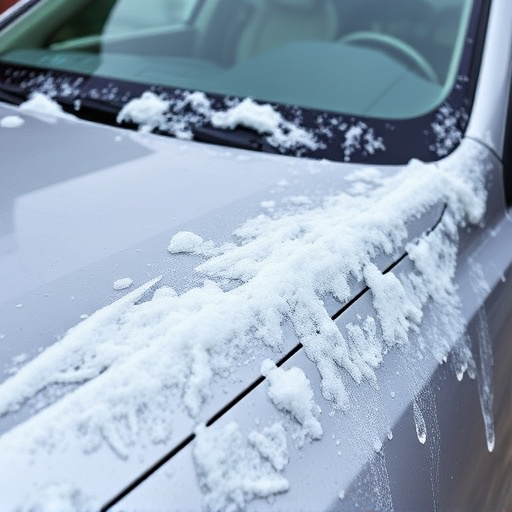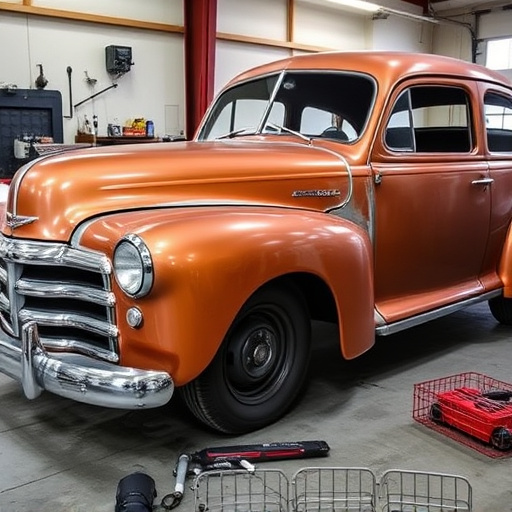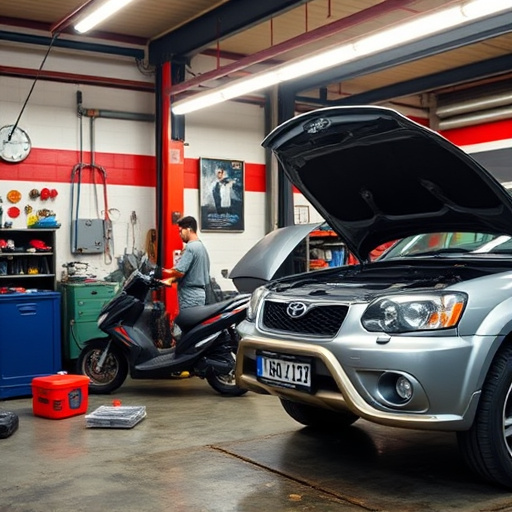Corrosion, accelerated by environmental factors, damages vehicle structures and aesthetics post-collisions. Effective corrosion protection during auto collision repair is crucial for longevity and resale value. Techniques like protective coatings prevent moisture intrusion, ensuring part durability. Essential steps include thorough cleaning, surface preparation (sanding, priming, rust removal), specialized corrosion primers, and finishing coats. Regular inspections and touch-ups are vital. Advanced techniques like electrostatic painting, modern primers, and innovative materials further enhance corrosion protection, delivering long-lasting aesthetic and structural safety.
In the collision repair industry, effective corrosion protection is paramount to ensure long-lasting vehicle durability and aesthetic appeal. This article explores best practices for addressing one of the sector’s most persistent challenges: corrosion. We delve into understanding the impact of corrosion on collision repair, outlining essential steps for implementation. Additionally, advanced techniques and materials are spotlighted, offering solutions for lasting protection against this relentless enemy of automotive integrity.
- Understanding Corrosion and Its Impact on Collision Repair
- Essential Steps for Effective Corrosion Protection
- Advanced Techniques and Materials for Long-Lasting Protection
Understanding Corrosion and Its Impact on Collision Repair
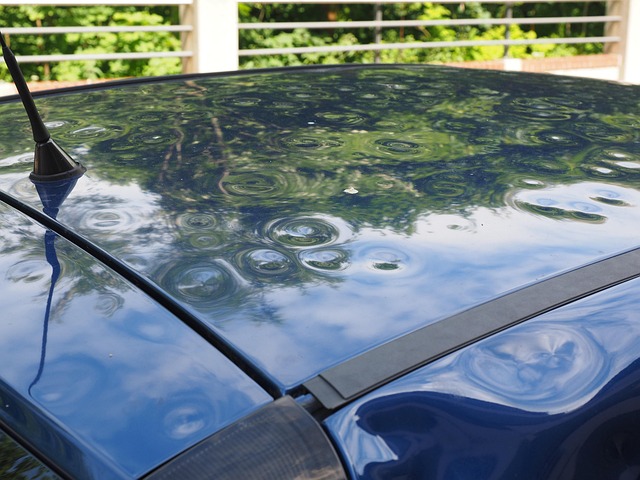
Corrosion is a natural process that can significantly impact the structural integrity and aesthetic appeal of vehicles, especially those involved in collisions. Understanding corrosion and its effects on auto collision repair is crucial for ensuring the longevity and value of repaired vehicles. Over time, metal surfaces can degrade due to various environmental factors such as moisture, chemicals, and harsh weather conditions. These elements accelerate the oxidation process, leading to rust formation and compromising the vehicle’s overall condition.
In the realm of auto collision repair, corrosion protection is a game-changer. When a vehicle undergoes repairs after a dent or an accident, proper corrosion protection measures must be implemented to prevent further damage. For instance, while fixing a vehicle dent repair or replacing auto glass, technicians should apply protective coatings and treatments to exposed metal surfaces to shield them from moisture intrusion. This not only ensures the durability of the repaired parts but also maintains the vehicle’s resale value, as corrosion-free cars are highly sought after in the market.
Essential Steps for Effective Corrosion Protection
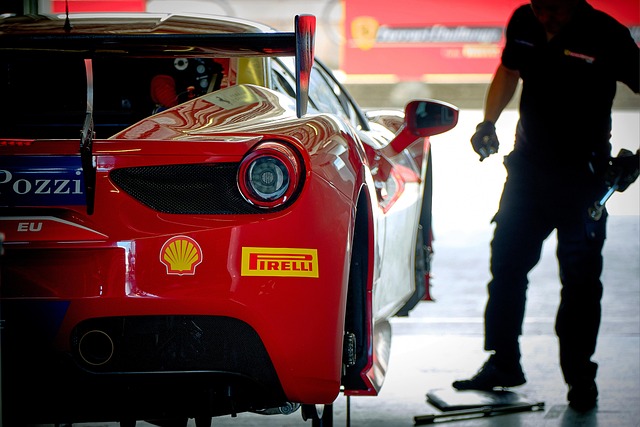
To ensure long-lasting protection and preserve the integrity of vehicles undergoing collision repair, several essential steps should be followed. These involve thorough cleaning and degreasing to remove any debris or contaminants that might hinder the application of corrosion protection coatings. The next crucial step is surface preparation, which includes sanding, priming, and ensuring the metal surface is free from rust. Using appropriate primers designed for corrosion protection can significantly enhance the vehicle’s resistance to future corrosion.
After primer application, the final layer of defense—the car paint repair or auto body restoration coating—is added. This step not only restores the aesthetic appeal but also provides an effective barrier against environmental factors that could lead to rust and corrosion. Regular inspections and touch-ups are vital components of long-term corrosion protection for vehicles, especially in collision repair centers where cars may be exposed to varying weather conditions during the healing process.
Advanced Techniques and Materials for Long-Lasting Protection
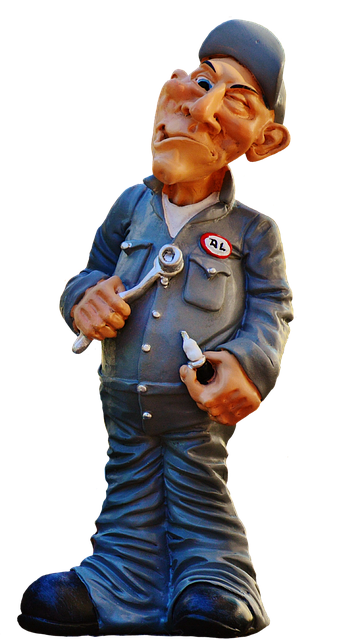
In today’s digital era, advanced techniques and materials have revolutionized corrosion protection in collision repair. Auto repair shops now employ sophisticated methods like electrostatic painting, which ensures a more even and durable finish. This technique, coupled with modern primers and coatings, provides excellent resistance to rust and corrosion, extending the life of repaired vehicles.
Additionally, innovative materials such as zinc-rich primers and epoxy-based coatings offer enhanced corrosion protection for various metal surfaces in auto detailing processes. Body shop services can benefit from these advancements, delivering top-notch results that not only enhance aesthetics but also safeguard against future corrosions. These long-lasting protective solutions are a game-changer, ensuring that vehicles remain in pristine condition even after undergoing body shop repairs or extensive auto detailing procedures.
In the realm of collision repair, effective corrosion protection is not just an option—it’s a game changer. By understanding the impact of corrosion and implementing best practices, professionals can ensure long-lasting vehicle durability and customer satisfaction. Essential steps like proper surface preparation and the use of advanced techniques and materials are key to achieving robust corrosion protection. Embracing these strategies helps protect against the constant exposure to elements, ensuring that vehicles not only look their best but also stand the test of time.
